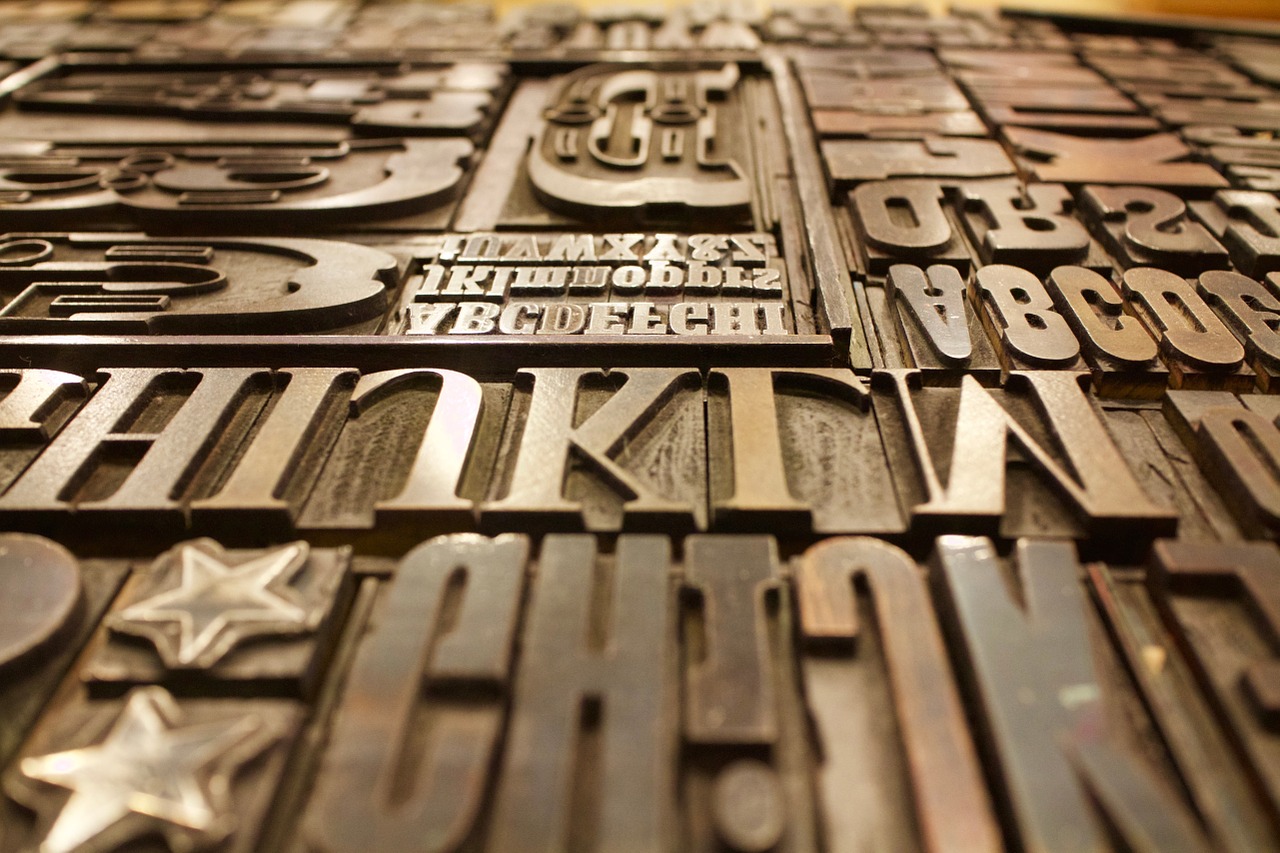When you talk about web design, do some terms leave you grabbing your phone to Google what they are? Here is a list of web design terms from A-Z, and what they mean.
A: API (Application Programming Interface) – used by widgets usually. Using an API code will allow a third party application to communicate with the widget. Google and Facebook are two platforms that can use API to communicate with certain functions to your website.
B: Browser – This is the application on your computer or mobile device that you would use to access websites. Popular browsers are Chrome, Firefox, Safari, and Internet Explorer.
C: CSS (Cascading Style Sheets) – These style sheets make it possible to change things like font type, color, etc across all pages that use that style sheet.
D: Domain – This is the URL/address that people use to access your website in their browser. (example – “creativestormdesigns.com” is my domain)
E: Email – Most people are aware of this term, but having an at least one email for your business is essential to appearing professional when sending electronic messages to colleagues, clients, and/or customers. This email address should either be @ your domain or include your business name. For example: admin@yourdomain.com or yourbusiness@google.com.
F: Front-end – This is a term that we use to refer to your website as a client would view it. When making edits or designing your website, you usually work in the back-end. The front-end is the website as it is meant to be seen.
G: Graphic Design – Graphics are images, logos, or any other visual elements that you use for your website, print marketing, etc. A graphic designer is the person who creates these. The goal of graphic design is to convey a message or idea by use of visual elements. A good designer knows how to take copy and images and create something that not only sparks interest, but effectively gets an idea across to your audience.
H: HTML – This is the foundation of the coding language when it comes to websites. Most websites still use some form of HTML as part of their make-up.
I: Infographics – If you have a lot of data, especially statistics, organizing them into infographics can communicate that data in an attractive and easy to understand way.
J: JavaScript – This is a programming language that is used to make websites interactive and dynamic. Slideshows, forms, and other interactive content is often made possible by using JavaScript.
K: Keywords – These are words and phrases that you use in conjunction with SEO (see later) to make your website searchable and attract organic traffic (visitors).
L: Layout – Layout refers to how content is organized on your website.
M: Meta Data – This includes things like keywords and description of your site that is used primarily by search engines. You probably will not see this on the front-end of your site, but it is essential for search engines.
N: Navigation – Also referred to as the menu. This is where you have the main pages of your website linked so that a user can easily navigate your content.
O: Opt-In – This is a type of call-to-action that allows users to give you permission to send them content that they are interested in receiving, usually via email.
P: Plugin – WordPress uses plugins to add functionality and/or features to your website. For example, there is a plugin that allows you to schedule or manually backup your website files and database.
Q: Quick – Everyone wants a website that is optimized to load quickly. A web designer will know ways to optimize your website for speed.
R: Responsive – This refers to how well your website transitions from a desktop view to a mobile device view. These days, many people use their mobile devices to access websites more than they use their desktop. A web designer can make sure that your website looks just as good on a mobile device as it does on desktops.
S: SEO (Search Engine Optimization) – If you want to be easily found in google, which let’s face it – everyone does, then having good search engine optimization is essential. Designers can help your website get higher on the search engines to attract more organic (non-paid) web traffic to your website.
T: Typography – Designers use typography to arrange written content in attractive, but also legible way.
U: User Experience (UX) – This refers to the overall experience that users will have when they come to your site and navigate around it. How easy is your menu and navigation to use?
V: Visitors – These are the people who visit your website – your audience. There are plugins that can track data about the visitors you have on your site.
W: WordPress – This is the platform that I use most often to design and maintain websites. It was originally developed for blogging, but is now used by millions of businesses worldwide (75 million as of 2016) as the most popular website builder out there.
X: XML – It stands for eXtensible Markup Language. It is basically used to store and transport data on the web. XML does not tell the browser how to display the content, however. An application or further coding is needed for that.
Y: Yahoo – A search engine and free email provider. Google is a more well-known one now, but Yahoo did come first.
Z: Zip Files – More often than not, if you are sending or receiving large files, they will come to you in zip format. Windows and MAC now almost always have built-in un-zip programs, but if you do not have one, it is a good idea to go ahead and get a free zip program. Backup files are almost always in zip format. Compressed (zip) files are quicker to send and download.
I hope this post has helped you understand some of the terms what web designers use. Are there any other terms that are confusing to you or terms that you always wanted to know more about? If so, let me know.

